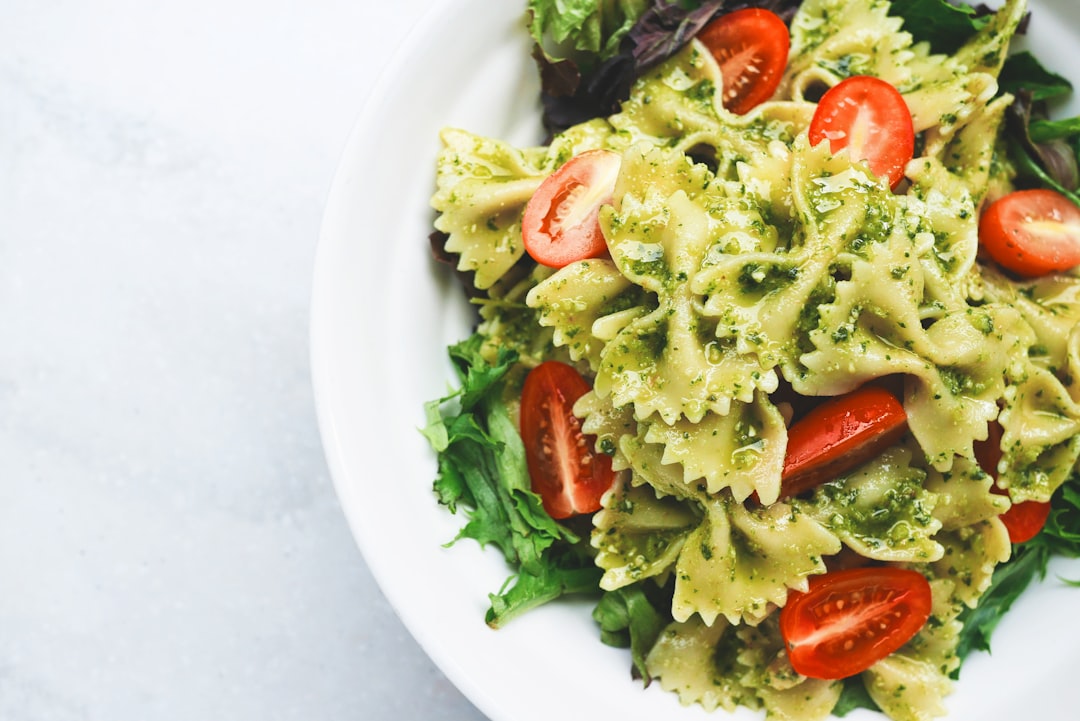
Exploring the World of Local Cuisines: Why You Should Try Them
# Introduction. Traveling is not just about visiting landmarks or soaking in the sights. It's a sensory journey that includes the tantalizing flavors and aromas of local cuisines. Trying local food is one of the most enriching experiences a traveler can have, offering insight into cultural traditions, history, and geography. This blog post will delve into the reasons why sampling local cuisines should be a priority during your travels, highlighting the richness and diversity these foods bring to your journey. # Understanding Culture Through Cuisine. One of the most compelling reasons to try local foods is that they offer a unique insight into the culture of a place. Food often tells stories of historical events, geographic advantages, and the available resources in an area. For example, in Italy, pasta dishes vary from region to region because of the availability of specific grains and local farming practices. Similarly, India’s diverse food culture reflects its geography and various communities. Each dish captures centuries of tradition and heritage, making every meal a chance to understand the essence of the culture you are exploring. Local cuisines are often a reflection of the people’s lifestyle and values. For instance, in many Asian countries, shared meals encourage family bonding and group dynamics, while in Mediterranean cultures, meals can be a leisurely affair focused on socializing. By indulging in local cuisines, you experience these social customs and gain a more profound understanding of the local culture. # Fresh Ingredients and Authentic Flavors. Local cuisines typically prioritize fresh, regional ingredients that contribute to unique flavors not found in exported versions of the dishes. When you eat locally-sourced food, you not only support local farmers and businesses, but you also enjoy the freshest ingredients that reflect the character of the area. The flavors of vegetables grown in a specific soil, complemented by herbs that thrive in the local climate, add dimensions to the culinary experience that packaged or chain restaurant food cannot replicate. Eating locally allows you to experience seasonal dishes that change throughout the year based on the harvests of various ingredients. For example, while traveling in Japan, indulging in dishes that feature fresh cherry blossoms in spring or hearty root vegetables in winter can truly elevate your culinary experience. By exploring local markets and eateries, you can enjoy meals packed with flavors that are at their peak, all while embracing the local agricultural practices. # Supporting Sustainable Practices. Sustainable tourism has become increasingly important in today’s travel landscape. Eating local supports sustainable practices such as farm-to-table initiatives and community-supported agriculture. When you choose to dine at local restaurants or eat street food, you contribute to the local economy and promote environmentally friendly practices that reduce the carbon footprint associated with imported foods. Many local dining options prioritize eco-friendly practices, such as using seasonal ingredients, minimizing food waste, or sourcing meats from ethical farms. By opting for local cuisines, you are not only treating your palate but also contributing to sustainable practices that benefit the environment and support local communities. # Unlocking New Experiences and Memories. Travel is about creating unforgettable memories, and what better way to do that than through food? Trying local cuisines can unlock new experiences that transcend ordinary sightseeing. Engaging with street vendors, taking a cooking class, or enjoying a local feast allows for interaction with the people of the region and their stories. Food is often at the center of local festivals, family gatherings, and community events. Participating in such activities lets you mingle with locals, fostering friendships and a genuine connection to the place you are visiting. Furthermore, cooking classes can empower you with skills and recipes to bring a piece of your travel experience back home, extending your journey far beyond the trip. # Conclusion. In conclusion, trying local cuisines enhances your travel experience in ways beyond mere taste. It opens doors to understanding diverse cultures, enjoying fresh and authentic flavors, supporting sustainable practices, and creating lasting memories. As you embark on your next adventure, make it a point to explore the local food scene—your taste buds and heart will thank you for it. .







